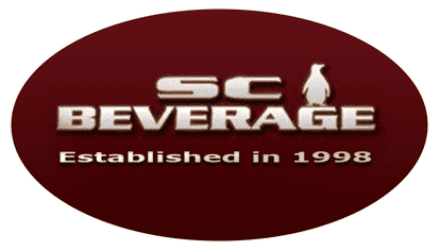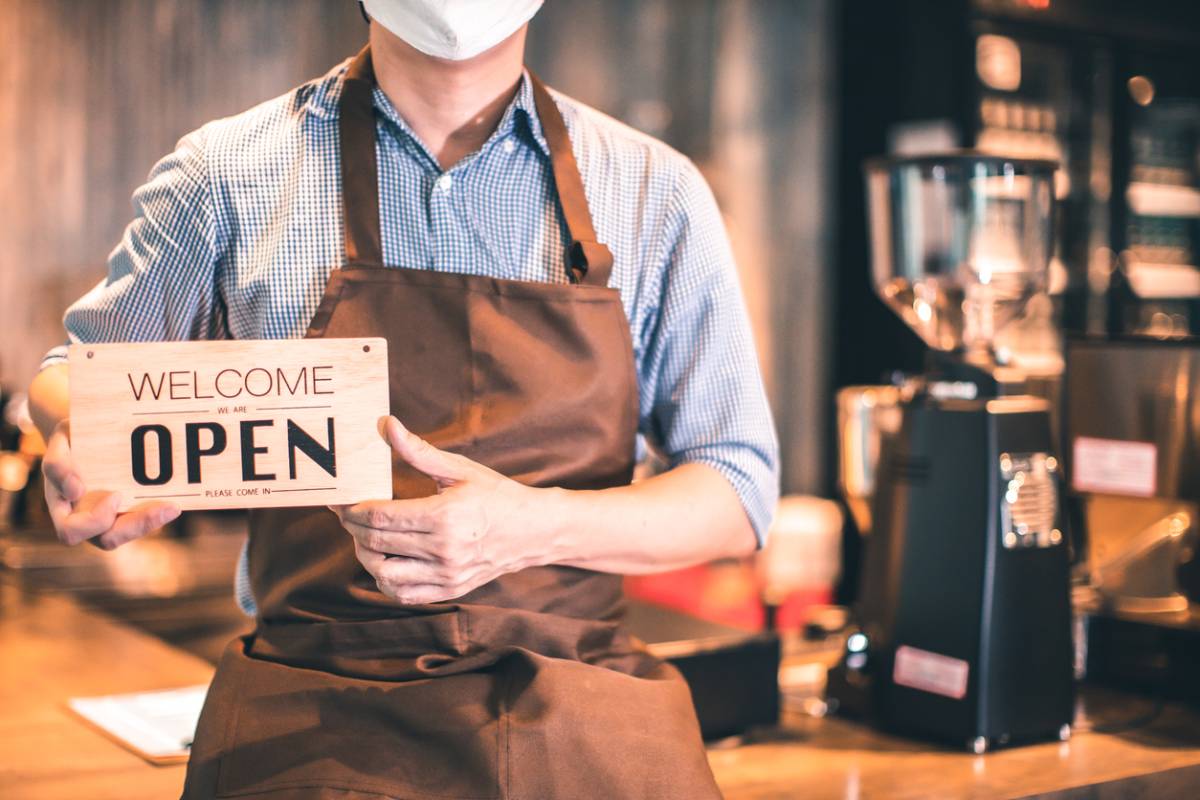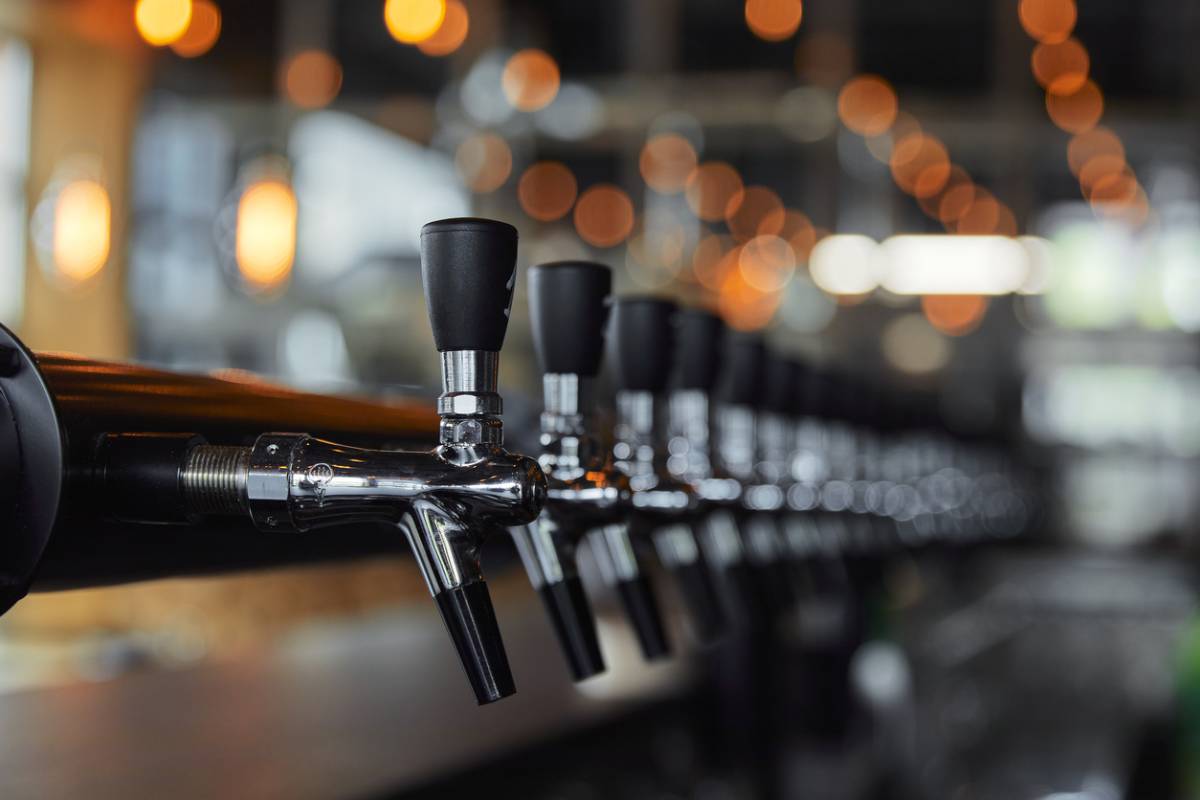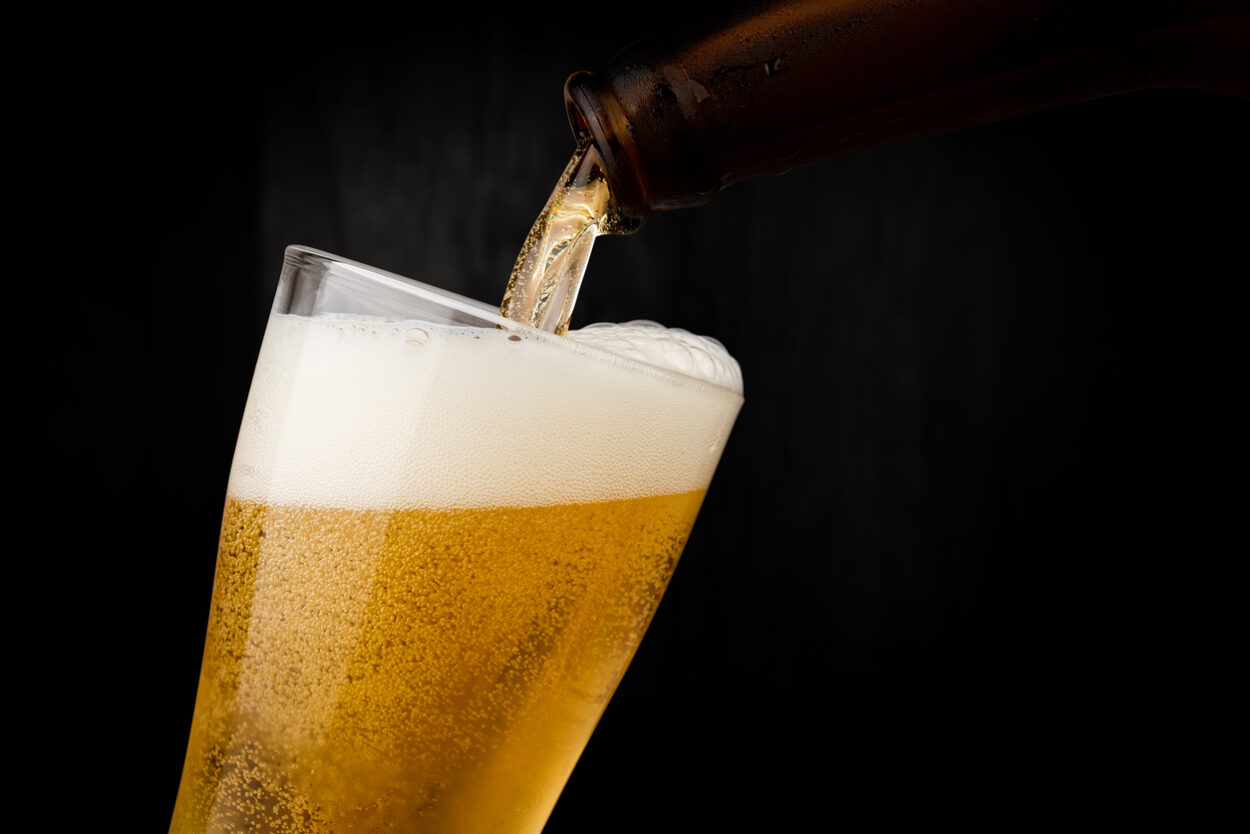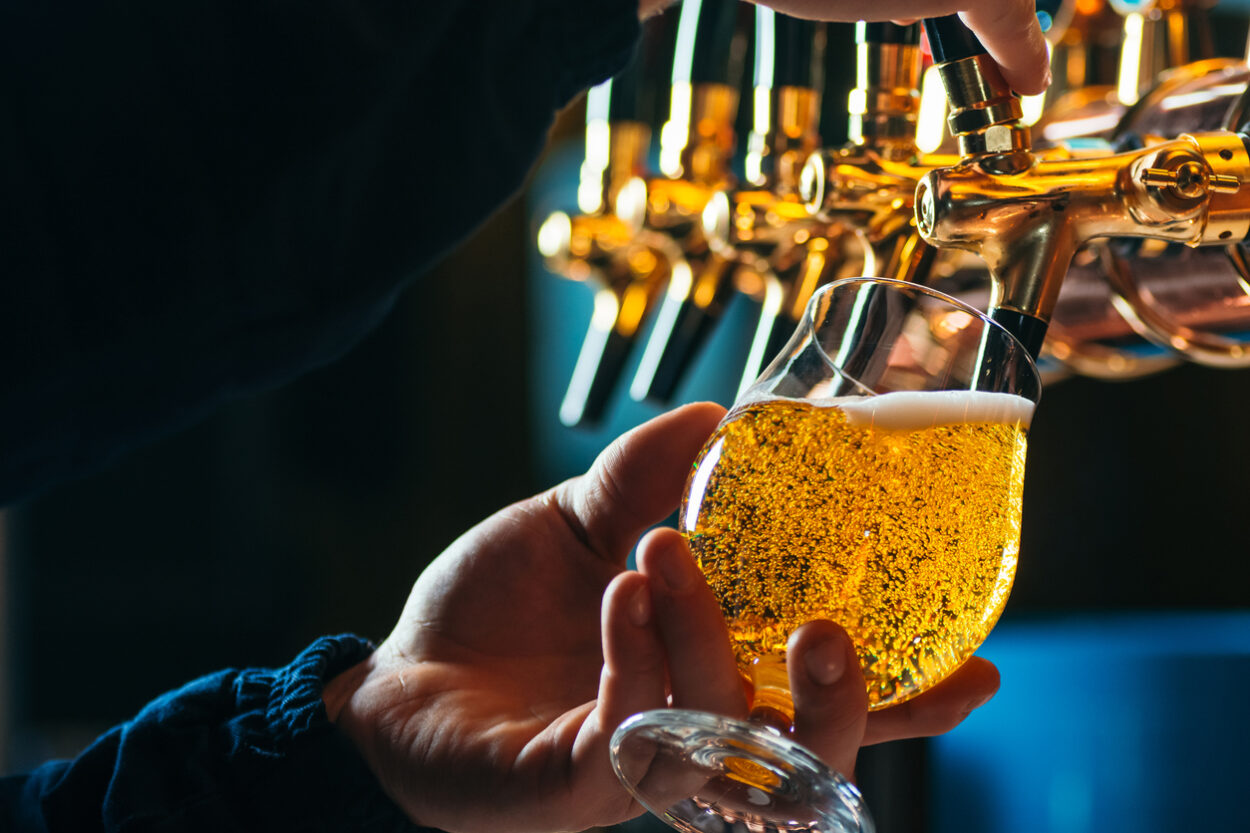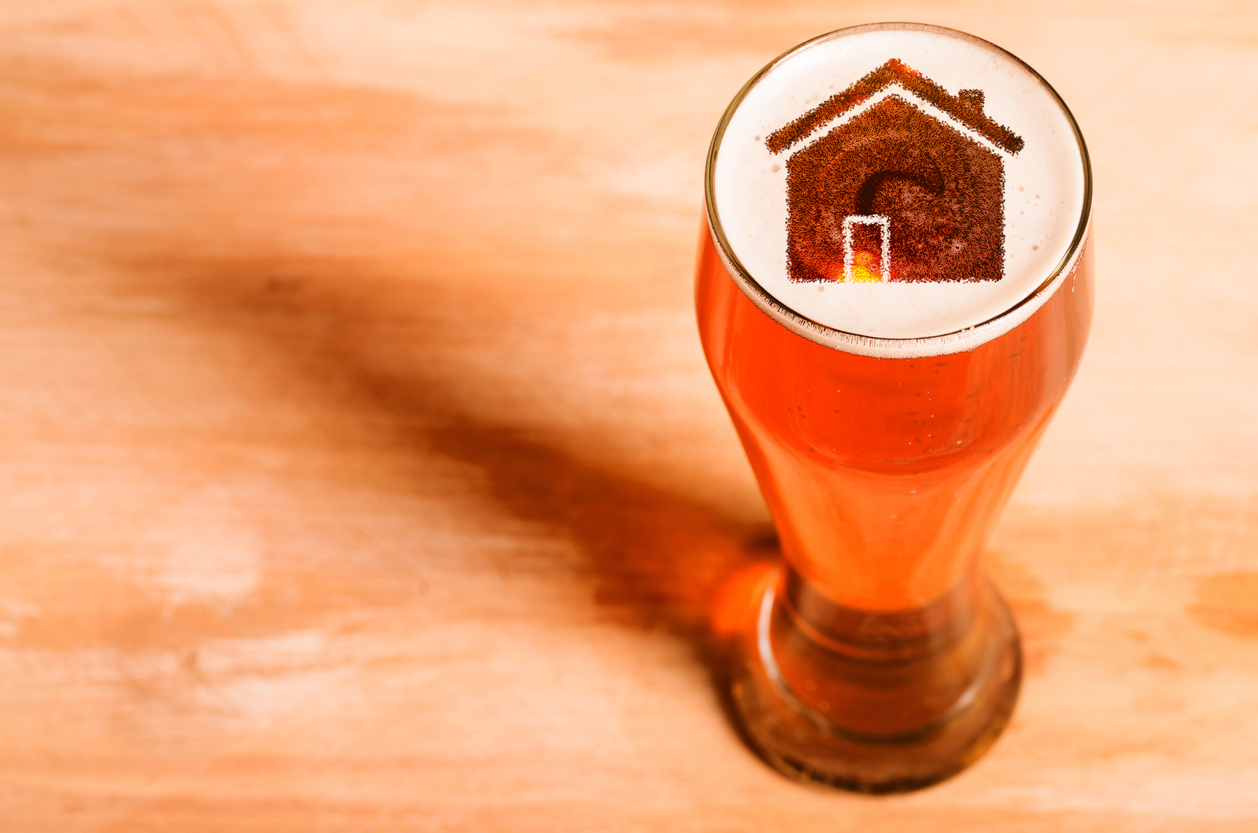Depending on your location and the classification of your establishment, it may have been quite some time since your draught beer system was last in use. As you well know, beer dispensing equipment requires systematic care if your goal is to serve the freshest and tastiest beer in the area. But how can you go about re-opening your bar after lockdown.
Re-Opening Your Bar: Tips After Lockdown
However, after weeks if not months of closures, your beer system is going to require a whole lot more than your typical monthly maintenance.
In order to help you get back on your feet and back in the swing of things, we’ve put together guidance from the Brewer’s Association for re-opening your bar. The list isn’t comprehensive, as many re-opening procedures will be specific to your set-up and location. However, it is a great way to get started while making sure you’re checking all the major boxes.
Schedule a Deep Cleaning
About two weeks before re-opening, you’ll want to make contact with someone who specializes in cleaning Los Angeles beer equipment. They’ll want to do a deep cleaning of all of your equipment to make sure that there’s no residue left. Yeast, mold, bacteria, and “beer stone” are the enemies of great beer. You don’t want your customers coming back to anything less than perfection.
Go Through Your Inventory
Check the dates on all of your kegs to make sure everything is still safe to serve. If you’re planning to serve anything new, then have a look at the brewer’s guidelines to make sure your new beers are given their best chance to shine.
Clean Your Lines
As with the rest of your draught system, your lines have probably been neglected a bit during the lockdowns. Even if you thoroughly cleaned them before closing up shop, there’s a good chance that plenty of unpleasant pathogens have settled down without the constant rush of liquid keeping them back.
Given the length of time that many bars have been closed, the Brewer’s Association suggests using a 3% caustic solution to flush your lines. The higher percentage will give your lines a thorough cleaning. Afterwards, you will need to flush the lines with water. Once the caustic solution is completely cleared, you’ll flush the lines with a diluted acid designed for draught beer lines. These two steps will ensure that there is nothing left behind. You will then flush the lines with clean water again to clear the acid before serving.
Clean Faucets and Trays
Your faucets and catch trays have been sitting for a while. Before you re-open you’ll want to take them apart and clean each piece carefully. If any parts appear broken or missing, this is the ideal time to replace them.
Wash All of Your Glassware
After months of sitting out, your glassware is going to be covered in dust as well as anything else that’s been floating through the air. Rather than waiting, just get it out of the way washing and sanitizing all of your glassware a day or two before you re-open.
Start Your Engines
A couple of days before you re-open, you’ll want to turn the gas back on, ensure reliable temperatures, and tap your kegs. Run beer through each line to make sure they’re ready to go. Then at the end of a long day, do a tasting of each beer to make sure they’re all the quality you expect. After sitting for a long period of time, there are many opportunities for things to go wrong. If you find a skunky beer or something that doesn’t taste quite right, contact the brewer.
Returning to a Semblance of Normalcy
To thrive after the last year, you’re going to have to stand out among your competitors. By ensuring the highest quality draught beers and prepping your bar to look clean, you’re already taking the first steps towards renewed success.
